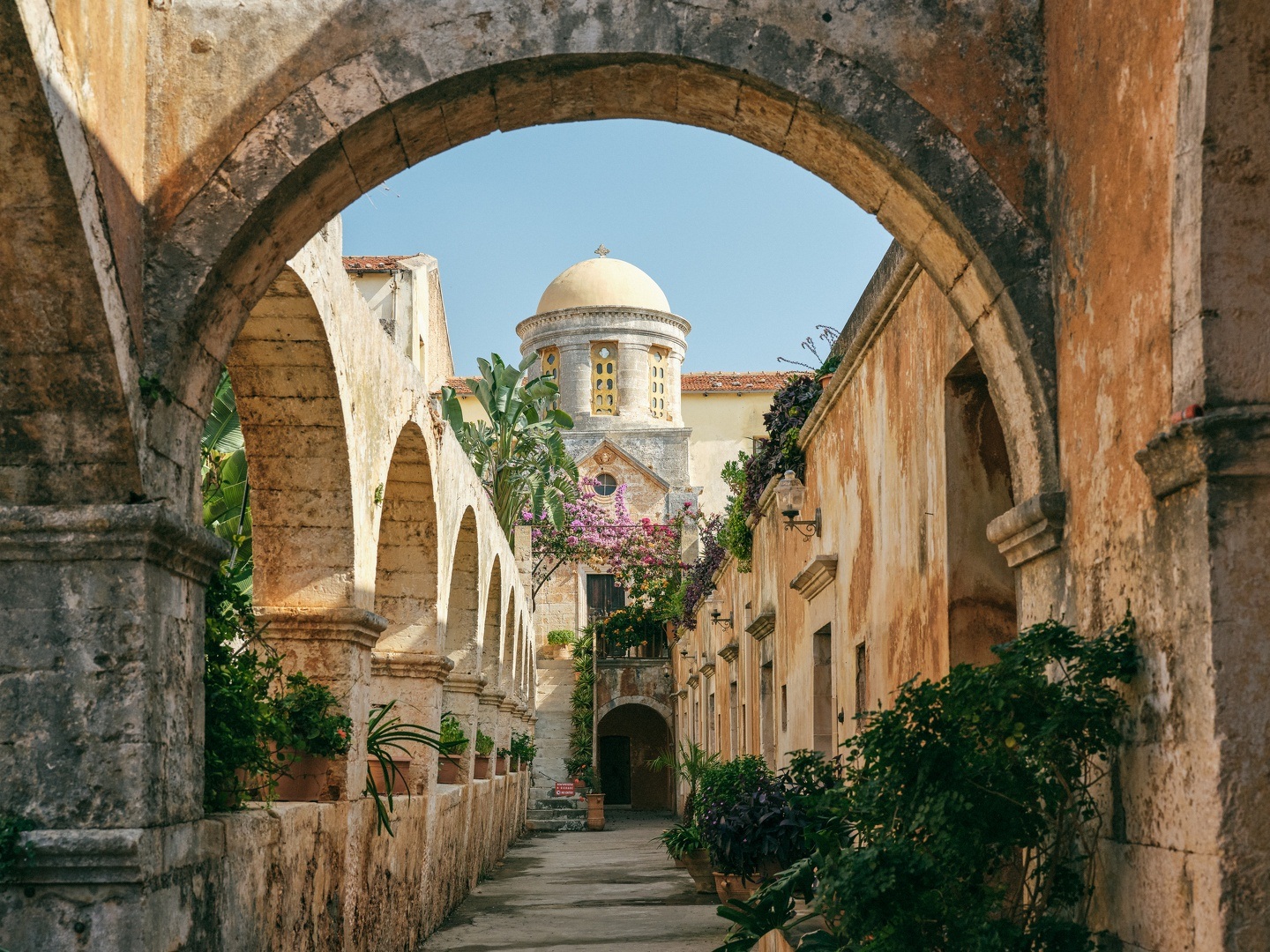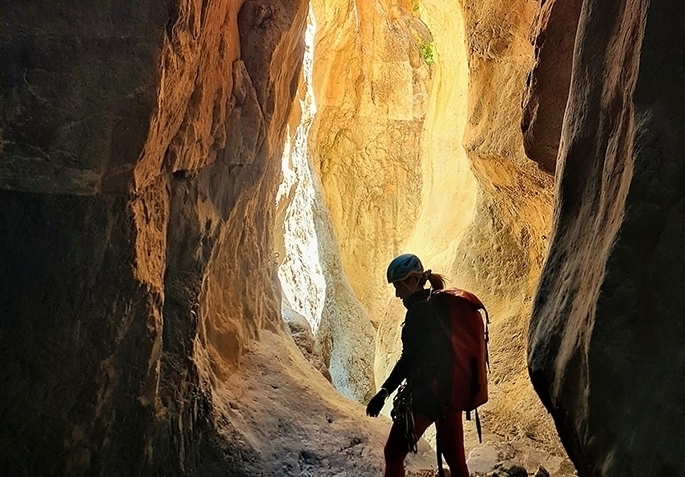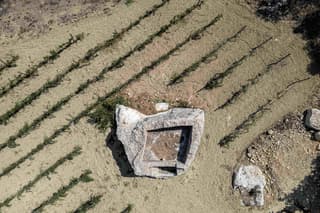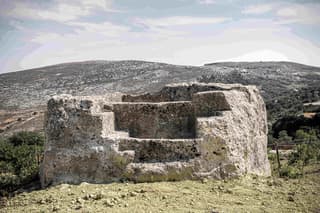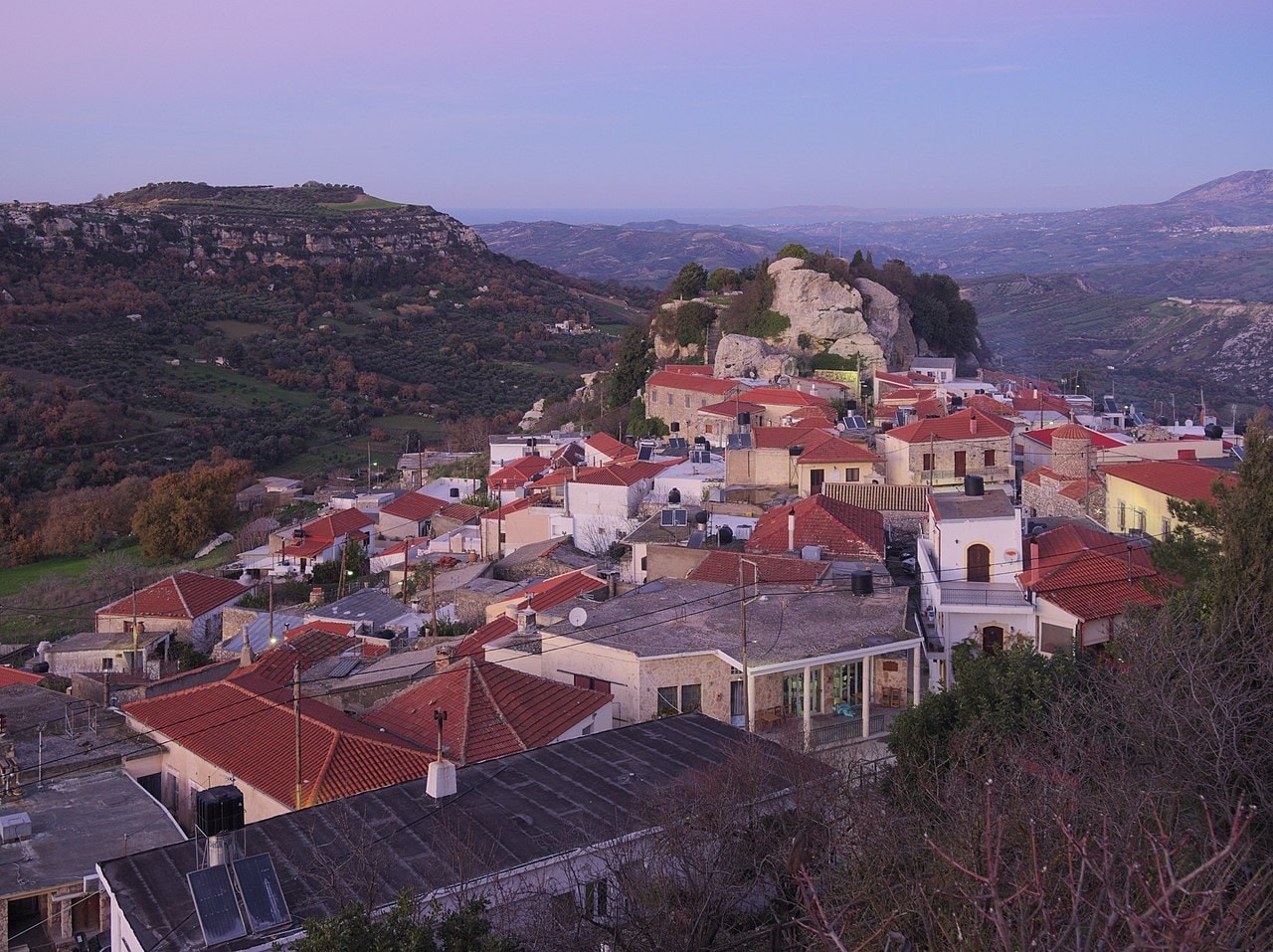Iraklio: On the ancient wine trail
Author Discover Crete
Culture
Culture


The hinterland south of the city of Iraklio consists of pastoral tableaux characterized by vivid green vineyards playfully undulating across the hillsides. Flanked by Mount Psiloreitis and Mount Dikti, grapes have been cultivated in the shelter of their lofty embrace for centuries.
What makes these vineyards so different from others, however, is that they're planted with traditional Cretan varieties, says Giorgos, one of several local winemakers who have dedicated their efforts to showcasing local varietals such as Vidiano, Vilana, Kotsifali and Liatiko. It has been a challenging endeavor, especially back when visitors were interested only in internationally renowned varieties, prompting many of the island’s winemakers to uproot their native vines. Giorgos’ family managed to hold onto two ancient varieties – Dafni and Plyto – and he always keeps his eyes peeled for uncharted wild vines when traveling around the island.
Crete has 11 native grape varieties and the outstanding quality of those grapes has turned the island into Greece’s foremost up-and-coming wine region. “Wine is not defined by numbers, though,” says Giorgos, asking whether I’ve ever heard of “Saint August.” In his book “Report to Greco,” the renowned Cretan writer Nikos Kazantzakis invented this effusive saint, who visits the island at the end of every summer to “vintage the vineyards of Crete, tread the harvest, and perform his miracle of extracting wine from grapes.” And just as August was the author’s favorite month, so grapes are the favorite crop of many of the residents of the region of Iraklio.
I meet Stefanos just outside Archanes, an area overshadowed by jagged Mount Juktas, for a walk around the verdant hillside where his family grows grapes, but not for wine production. The trunks of the vines are around a meter-and-a-half high and, as we wind our way beneath the elegant arches they form, I see why they call this place paradise. I imagine the laborers resting in the shade, taking their lunch break in the vineyard’s airy green nooks. The scene changes drastically in September, when – as Stefanos explains – the extended family turns out to harvest the grapes, carry them to the drying area, and lay them out on big white sheets so that – with the help of the sun – they turn into raisins.
Stavros’ processing space is here,
too, where grape leaves are brined and jarred for culinary use, and local
fruits are turned into marmalades, with grapes acting as the sweetening agent.
The small jars coming off the conveyor belt are in high demand and are
immediately packaged for export abroad.

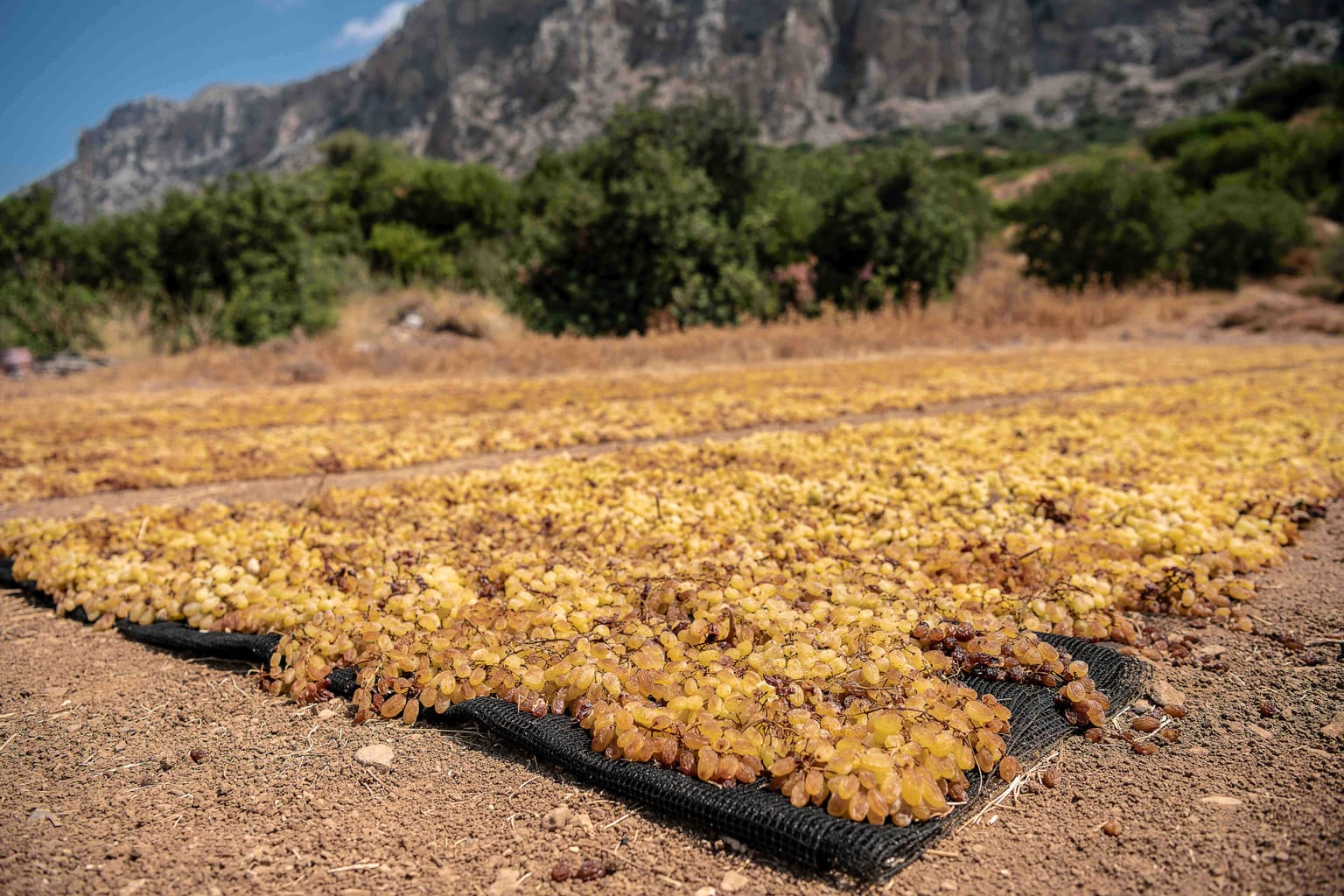
Although Stavros has shown me that there are many ways for the vineyard to reach our tables, I know that wine is still chief among them, and it's been a beloved native product since ancient times. The antiquities found all over Crete allow visitors to journey back in time, at least in their imagination, and appreciate the role that wine played in people’s lives through the centuries.
Apart from iconic archaeological sites such as Knossos, there are hundreds more hidden treasures that help us complete the picture across history. I learn about one of these while chatting with a group of older villagers at a quaint kafeneio-grocery store in Episkopi. With evident pride for their native land, they tell me that back in the 17th century, the area around Malevizi was full of vineyards producing Malvazia, a sweet wine that was extremely popular in many parts of Medieval and Renaissance Europe. Exports are estimated to have come to some 60,000 barrels a year, as entire boatloads of the stuff left the port of Iraklio.

One memento from that era is a Venetian wine press, built by feudal landowner Marco Antonio Foscolo in what is now Kainourgio Horio (" New Village"). The structure housing the press has three majestic stone archways and I picture the laborers who pressed the grapes during the harvest coming and going through them.
I am struck by the mark left on the wall from the grape must, as well by a young vine growing out of a stone trough once used for collecting the wine. It’s said that Foscolo obliged all the farmers in the area to press their grapes here so he could keep a share. I look for someone who can tell me more about this fascinating history but discover instead that the village is deserted and the tower that Foscolo lived in has long since been abandoned.

The situation with regards to Crete’s wine production was probably much more democratic in ancient times. At least that’s what I surmise from the existence of hundreds of centuries-old presses carved into rocks all over Iraklio. Together with Kyr-Kostas, a resident of Agios Thomas, we explore some of the 200 or so ancient presses around his village. We head downhill to the Chapel of Agion Apostolon in a four-wheel drive and it takes me a few moments to realize that the big limestone rock we just passed also contains a press.
Built at carefully selected locations to maximize the advantages of the hill’s natural incline, such presses allowed grapes to be processed with a minimum of human intervention. Taking the dirt path to another small church, named after Saint Anthony, we come across a press with a distinctive trough and wonder whether the different styles served practical or ritualistic purposes.
The archaeological conundrum becomes even more interesting at the next press we come across, where a deep recess allows for the possibility that it was also used as a grave. According to ancient religious customs, these presses in the rock symbolize light and darkness, the gods Apollo and Dionysus: the wine is the blood of Apollo, which pours into the chthonic residence of Dionysus as it flows across the slanted spout and spills into the trough.
I climb on top of the press and look out over the valley, spotting a series of limestone rocks, and I wonder whether each of those was once used to make wine, too.
On our way back to Agios Thomas, we come across another big rock with an image of a horned bull’s head etched into its surface. Was it done by a human hand or is it a natural formation deluding us? Was it used as a tomb, an altar or a wine press? Kyr-Kostas and I talk it over and look for signs that may help each of us support our different views on the matter.
Things are much clearer at the nearby Church of Keras Spiliotissa, or Our Lady of the Cave, which is also carved into the rockface. The ritual followed by the faithful here for many decades is well-known: they would throw gifts for their dearly departed into something called the “Hole of Hades” and hope that they would be delivered to them in the Other World. The boulders of Agios Thomas are repositories for stories and secrets stretching back through the centuries, with life and death in constant interplay.
These are the thoughts in my head as Kyr-Kostas points to the Roman tombs on the hill above the village. Spacious apertures carved into the rock, they look to me as if they could have been used as dwellings, too, despite their macabre air.
My walk ends with a dynamic return to the here and now. The bright red threads being worked by the women of the village on the looms in the community center beside the Church of Panagia Kardiotissa, coupled with the cool air coming off the river, act as powerful reminders of the strength and beauty of life in the present.
The giant pots of Thrapsano
Vineyards give way to olive groves as I drive towards Thrapsano. There’s a serene silence throughout the village itself, but the pottery workshops on its outskirts are humming with activity. Demand for their wares has been skyrocketing in recent years, thanks mainly to the fact that they use techniques that have remained more or less the same since ancient times. The one significant difference is that back then, the big clay jars were intended mainly for storing olive oil or wine, while today their purpose is mostly decorative.
A jar that's taller than me stands at the entrance of the workshop I’m visiting. “That’s a color vat that was used for dying cloth,” explains Kyr-Giorgos, the president of the Thrapsano Cultural Society. Outside their building, there’s a small mountain of clay, made with earth from a nearby location, that will be used over the next few days.
In the main part of the workshop, each potter has a collection of pots which they work on almost simultaneously to speed up production. I watch one potter add a coil of clay to a base that he’s already fashioned so he can start throwing a new pot. He presses it down to make it stick and then starts molding it into the desired shape.
Across from him, a colleague blasts his creations with a blowtorch as they spin around the wheel, releasing moisture like a cloud; this hardens the clay and makes it ready for the next coil. The impressive finale of this process, the firing, takes place in a gigantic kiln heated by the incineration of olive pits.
Source: “Handcrafted Crete”, Isabella Zambetaki, Region of Crete
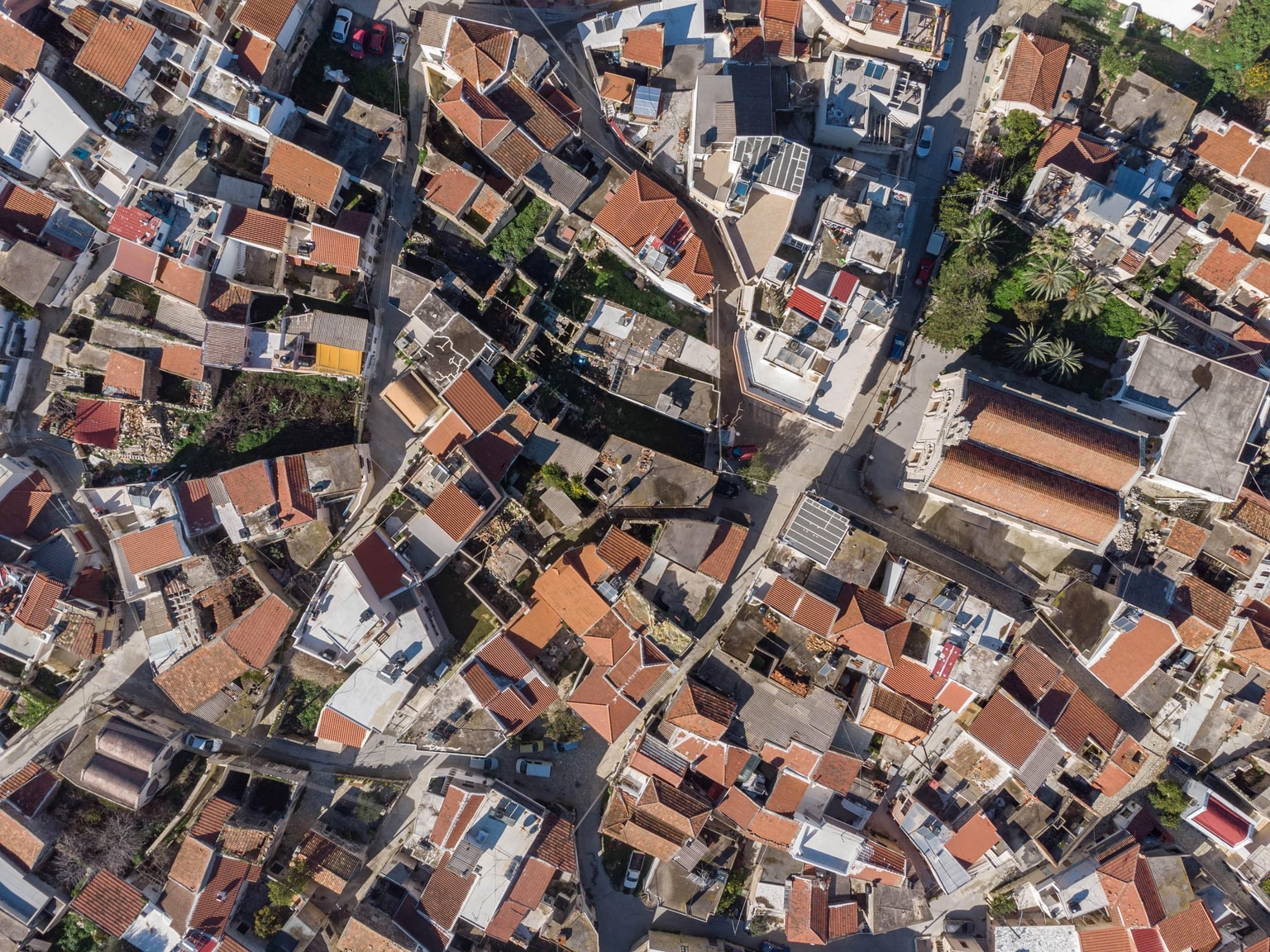
An Abundance of Churches in Episkopi

Venetian Wine Presses in Kalo Chorio



